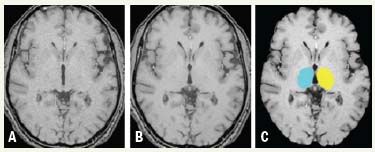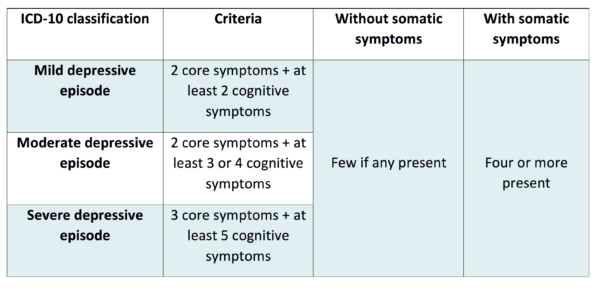

What is psychosis, and how is it related to schizophrenia? We have created a video called ‘what is schizophrenia?’ You can watch this video by clicking on the following link: During this phase your sleep, emotions, motivation, communication and ability to think clearly may change. The early stage of the illness is called ‘the prodromal phase’. For some people, schizophrenia can develop during young adulthood and develop slowly. Not everyone with schizophrenia will experience all these symptoms.Īccording to the Royal College of Psychiatrists, schizophrenia affects around 1 in 100 people. You could be diagnosed with schizophrenia if you experience some of the following symptoms.Įveryone’s experience of schizophrenia is different. The symptoms may affect how you cope with day to day life. Schizophrenia is a serious mental illness which affects the way you think, feel and behave.
#Visual and auditory hallucinations icd 10 skin
It is necessary to protect the skin from sources of light. Micro-phlebotomy is beneficial for some patients. Phlebotomy and taking chloroquine are rarely effective at treating cutaneous manifestations. Management includes both the prevention of attacks (warning against triggering factors) and pain relief (opiates). Management and treatmentĪcute attacks should be urgently treated with an injection of human hemin. Genetic counseling should be offered to patients and families. The presence of a fluorometric peak (626-628 nm) in plasma is pathognomonic and allows a definitive diagnosis of variegate porphyria rather than porphyria cutanea tarda. Differential diagnosisĭifferential diagnoses include acute intermittent porphyria and, particularly, porphyria cutanea tarda (see these terms). Diagnostic methodsĭiagnosis of acute attacks is based on evidence of elevated concentrations of PBG and ALA in urine and of elevated concentrations of coproporphyrin and, especially, protoporphyrin in stool. The enzyme deficiency is due to mutations in the PPOX gene coded for PPOX.

Variegate porphyria is caused by a deficiency in protoporphyrinogen oxidase (PPOX the penultimate enzyme in the heme biosynthesis pathway) that leads to an accumulation of porphyrins and their precursors in the liver (delta-aminolevulinic acid, ALA and porphobilinogen, PBG). The attacks are most commonly triggered by exogenous factors (porphyrinogenic drugs, alcohol, infections, a hypo-calorific diet, stress), and/or endogenous factors (hormonal, linked to menstrual cycle). Neurological manifestations can affect the central nervous system as much as the peripheral nervous system and can lead to severe complications such as motor paralysis. Psychological symptoms are variable: irritability, emotionality, depression, considerable anxiety and, more rarely, auditory and visual hallucinations, disorientation, mental confusion. The abdominal pain is often associated with lumbago irradiating to the thighs, and with nausea, vomiting and constipation. Attacks can persist for several weeks and manifest as intense abdominal pain, and neurological and psychological symptoms.

Finally, 20% of patients present with only neuro-visceral attacks. In 20% of cases, patients present with both cutaneous lesions and neuro-visceral attacks. These lesions predominate in areas exposed to the sun (hands, face) and manifest as bullae that cause differing degrees of pain and that leave scars that are often hyperpigmented. In 60% of cases the only sign of the disease are cutaneous lesions that result from photosensitivity (bullous photodermatitis). Generally the disease manifests after puberty and preferentially affects women. Prevalence is around 1/100,000 in European countries and much higher in South Africa due to a founding effect.


 0 kommentar(er)
0 kommentar(er)
